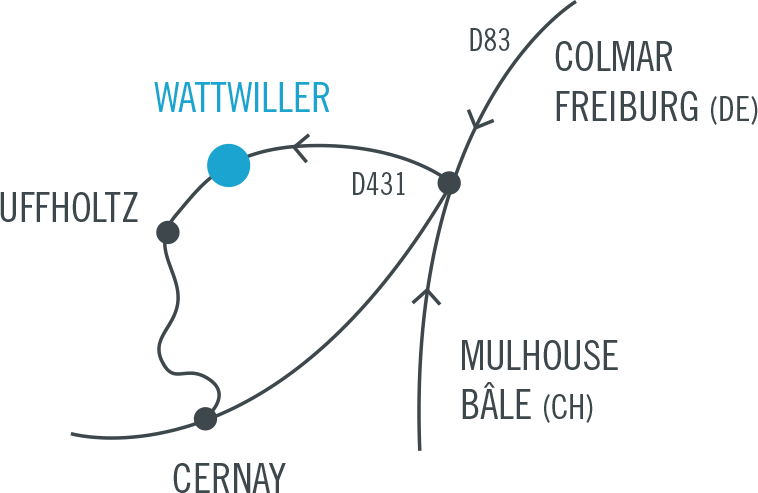After obtaining her literary baccalaureate in 2010, Marion Schutz left Provence to join the Haute Ecole des Arts du Rhin in Mulhouse, attracted by the alternative and experimental dimension of the place. Previously named Le Quai, this school has a strong personality and is anchored in a post-industrial energy that knows how to inspire Marion Schutz and allows her to carry out each of the projects she imagines. From the initiation to the diversity of artistic practices to the realisation of a complete exhibition cycle, this experience proved to be a founding experience for the artist, who obtained the National Diploma of Plastic Arts (2013) and then the Higher National Diploma of Plastic Expression (2016) with the congratulations of the jury.
In 2016, Marion Schutz takes part in the regional event2016 – Encoding the Urban at the Kunsthalle in Mulhouse. The following year, her work is presented at the Biennale d’Art Contemporain Mulhouse 017 as well as during the Ososphere festival in Strasbourg. His work NECROPOLIS is notably exhibited there: this miniaturised city made up of 43 concrete elements is schematic, with no geographical location or temporal dating, and belongs as much to the world of archaeology as to that of science fiction.
In the eyes of Marion Schutz, an act of creation proceeds from an inner necessity and opens up sensitive, full and complete experiences. In this sense, art can give forms of access to what escapes the intelligible and ordinary levels of consciousness. Marion Schutz feels close to Walter de Maria, for whom “All artistic activity is a struggle against time. A gesture against finitude and towards eternity. “The tangible link that is established between the foundation of our part of humanity and the images that express its mortal condition must find the forms of its implementation. The ordeal of death generates strange narratives. The presence of the work suggests the absence of man. The emptiness is paradoxically exposed by and in all the density of matter. These concerns take on their full meaning in the young woman’s work, particularly in NECROPOLIS and its associated dissertation on themes such as “Disappearance” or “The Architecture of Emptiness”.
